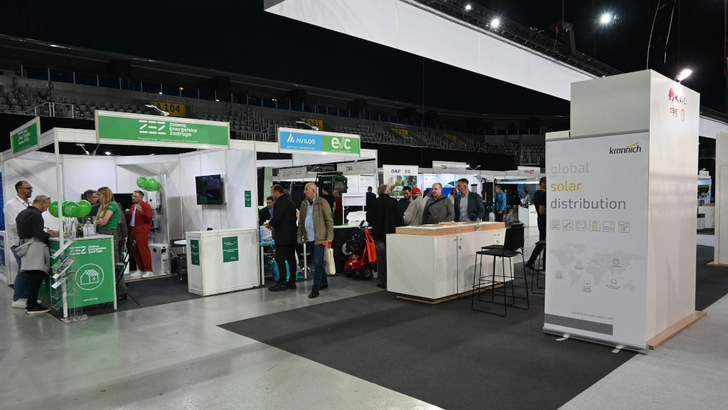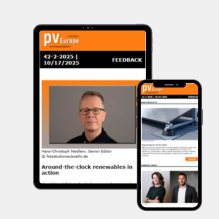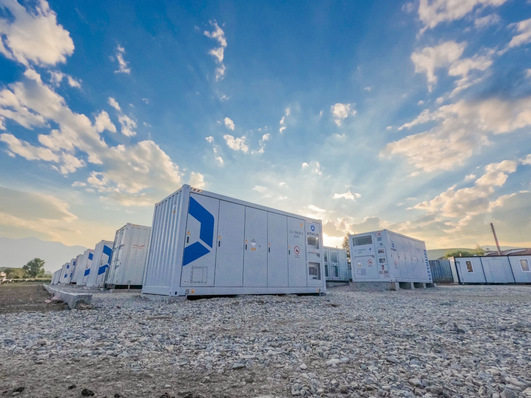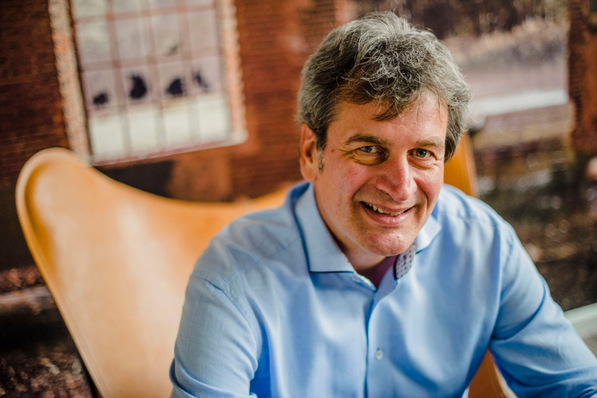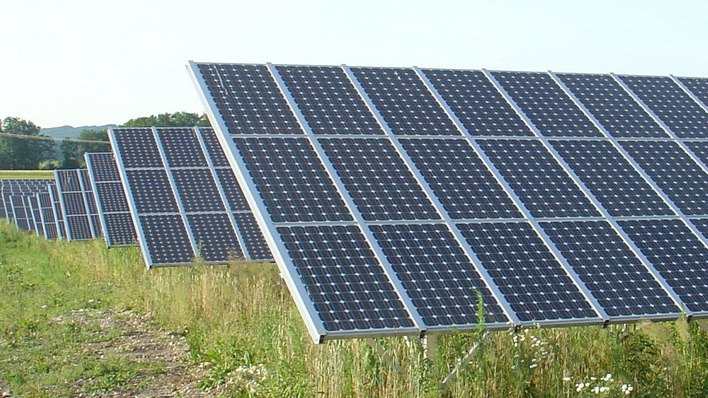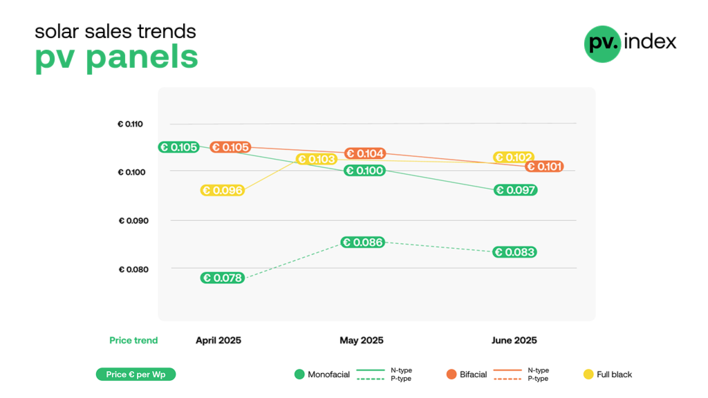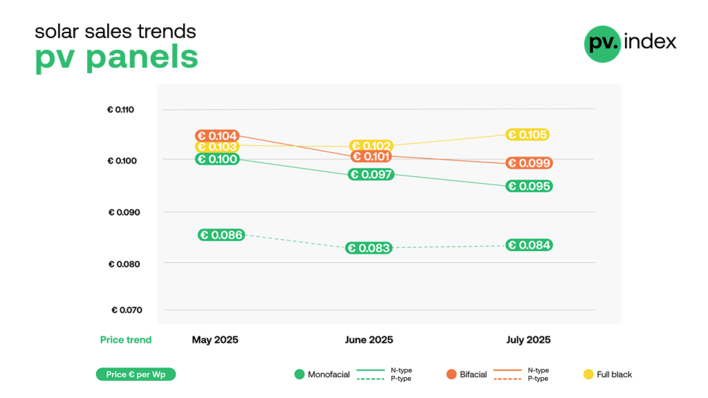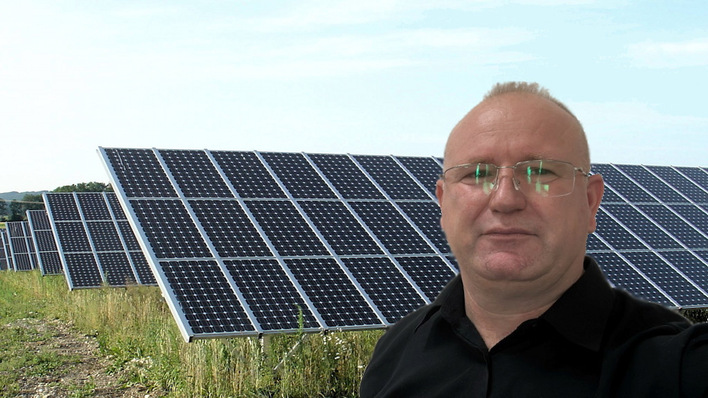Around 4,000 visitors gathered at Arena Zagreb to explore solutions for photovoltaics, storage and sector coupling. At the Green Energy Fair, more than 110 exhibitors from 20 countries across three continents presented their products and services. “We had a strong turnout from Croatia, making up around 70 percent of attendees. Others travelled from Serbia, Slovenia and Bosnia and Herzegovina,” says Domagoj Badanjak, Managing Director of Aledo Tech. “We also welcomed a few visitors from Hungary and Austria, though numbers there were limited.”
Off to a strong start
Zagreb-based solar systems developer and wholesaler Aledo Tech organised the event in partnership with the Croatian Renewable Energy Association OIEH and other partners. As Croatia’s first Green Energy Fair, the event quickly gained momentum and received positive feedback from organisers, exhibitors and visitors alike. Organisers, exhibitors and visitors were all thoroughly satisfied. “We are very pleased that the fair attracted so much public attention,” says Domagoj Badanjak.
Don’t miss key updates on your solar investment—sign up for our monthly investor newsletter
Connecting regional suppliers
Many attendees valued the opportunity to explore relevant products and solutions close to home, avoiding the long trip to Intersolar in Munich. “Crucially, they could meet exhibitors focused on providing systems, components and services tailored to Croatia and Serbia. Most exhibitors are here to strengthen their position in the regional market,“ says Badanjak.
Installers and project developers in Zagreb
Exhibitors noted the diverse mix of visitors. During registration, organisers collected information on attendees’ backgrounds, revealing that about 70 percent were installers, planners and project developers. A number of end customers were also present, looking to learn about transitioning to photovoltaics.
Croatia sets new rules for commercial solar funding
Public and business behind the energy transition
To date, the Croatian market has gained only limited traction, highlighting the need for faster progress. “Croatia ranks third from last in Europe for the expansion of renewable energy,” says Maja Pokrovac, President of OIEH. She points to the lack of stable policy frameworks for renewable energy projects as a key factor. “Around 80 percent of the energy transition in Croatia is being driven by citizens and businesses,” she explains. “Currently, only eight renewable power plants with a capacity above ten megawatts are installed. Yet Croatia needs this transition to achieve its climate targets by 2030.”
Driving positive change
She is calling for a faster pace in Croatia’s energy transition. “Energy-intensive and heavy industry, in particular, depend on domestic energy sources,” says Maja Pokrovac. She is therefore urging the establishment of a regulatory framework for power purchase agreements, enabling companies and renewable energy plant operators to agree fixed prices over a ten-year period. Such projects have long been possible in many other European countries.
Croatian green power projects jeopardised by grid policy
Green technologies are already a reality
The technologies driving the energy transition are now within reach in Croatia and the wider region, as the Green Energy Fair 2025 clearly demonstrated. “Green technologies, renewable-based energy supply and mobility centred on electric vehicles are now a reality,” emphasises Domagoj Badanjak of Aledo Tech. “They are being widely adopted and implemented – in private settings, industry, at the state level and across the continent. I am proud that the Republic of Croatia is making real progress in introducing new energy sources, despite all the hurdles and challenges. In the end, that is what truly counts and shapes the results,” he says.
RES Croatia – “Lengthy approval process are an obstacle”
Extensive conference programme
The fair featured a comprehensive conference programme that offered visitors deeper insight into Croatia’s energy transition. The agenda addressed the current regulatory environment, challenges and solutions, and showcased a variety of photovoltaic applications, including dual land use with agri-PV and solar installations on water surfaces. The programme also highlighted the expanding opportunities for electromobility, which is becoming increasingly important in Croatia. (su)


